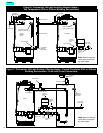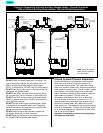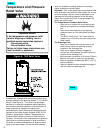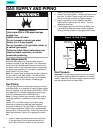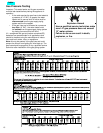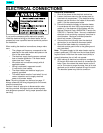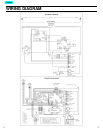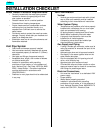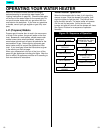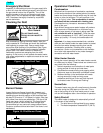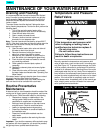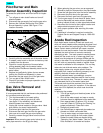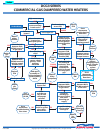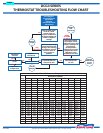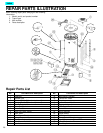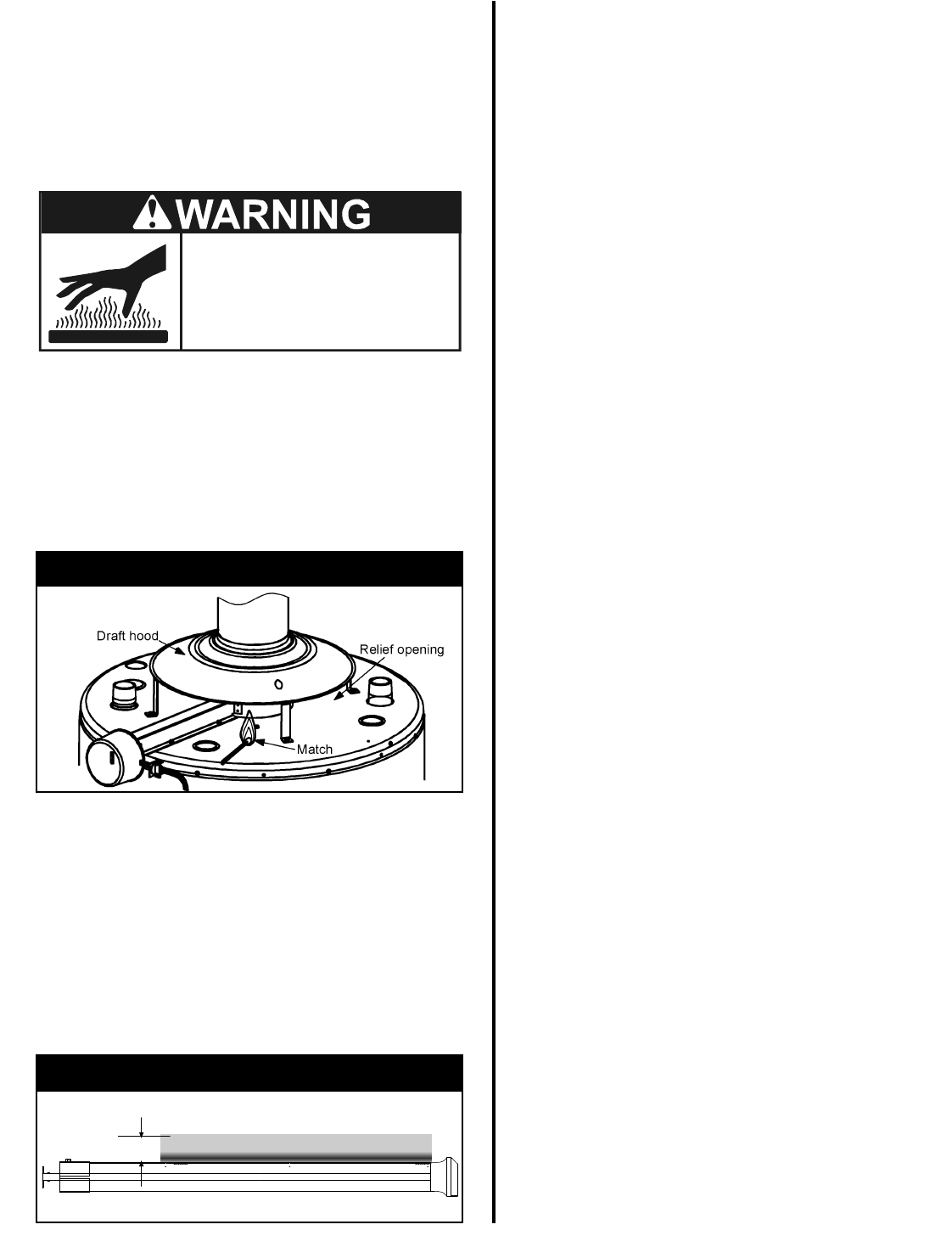
2121
Burn Hazard
Do not touch vent.
Doing so can result in
burns.
Checking the Draft
After successfully lighting the water heater, allow the
unit to operate for 15 minutes and check the drafthood
relief opening for proper draft. Pass a match flame
around the relief opening of the drafthood (See Figure
14). A steady flame drawn into the opening indicates
proper draft. If the flame flutters or is blown out,
combustion products are escaping from the relief
opening. If this occurs, do not operate the water heater
until proper adjustments or repairs are made to the vent
pipe system.
Burner Flames
Inspect the burner flames through the viewport and
compare them to the drawings in Figure 15. A properly
operating burner should produce a soft blue flame and
be about 2”(51mm) to 2 -1/2”(64mm) in height. Blue tips
with yellow inner cones are satisfactory. The tips of the
flame may have a slight yellow tint. The flame should
not be all yellow or have a sharp blue-orange color.
Contaminated air may cause an orange colored flame.
Contact a qualified service technician if the flame is not
satisfactory.
Figure 14: Vent Draft Test
Operational Conditions
Condensation
Moisture from the products of combustion condenses
on the tank surface and the outside jacket of the water
heater and forms drops of water which may fall onto the
burner or other hot surfaces. This will produce a “siz-
zling” or “frying” noise. This condensation is normal
and should not be confused with a leaking tank.
Condensation may increase or decrease at different
times of the year.
High efficient energy saver water heaters will produce
larger amounts of condensation on initial start up or
when a large amount of hot water is being used. Do
not confuse this with a “tank leak”. Once the water
reaches a temperature of 120°F (49°C ) and the tank
warms up (usually 1-2 hours), the condensation will
stop.
Important: It is always recommended that a suitable
drain pan be installed under the water heater to protect
the area from water damage resulting from normal
condensation production, a leaking tank or piping
connections. Under no circumstances is the manufac-
turer to be held responsible for any water damage in
connection with this water heater.
Water Heater Sounds
During the normal operation of the water heater sounds
or noises may be heard. These noises are common and
may result from the following:
1. Normal expansion and contraction of metal parts
during periods of heat-up and cool-down.
2. Condensation causes sizzling and popping within
the burner area and should be considered normal.
3. Sediment buildup in the tank bottom will create
varying amounts of noise and may cause
premature tank failure. Drain and flush the tank
as directed under “Draining and Flushing”.
Smoke/Odor
The water heater may give off a small amount of smoke
and odor during the initial start-up of the unit. This is
due to the burning off of oil from metal parts of a new
unit and will disappear after a few minutes of operation.
Safety Shut-off
This water heater is designed to automatically shut-off
in the event of the following:
1. The pilot flame is extinguished for any reason.
2. The water temperature exceeds 205°F (96°C).
Figure 15: Pilot/Burner Flame
2 - 2 1/2”
Emergency Shut Down
Important: If overheating occurs or the gas supply fails
to shut off, close the manual gas supply valve and turn
the gas control knob to the off position. Turn off the
electrical supply to the unit and close the cold water
supply valve. Do not operate the water heater again
until it has been thoroughly checked by a qualified
service technician.
Index



